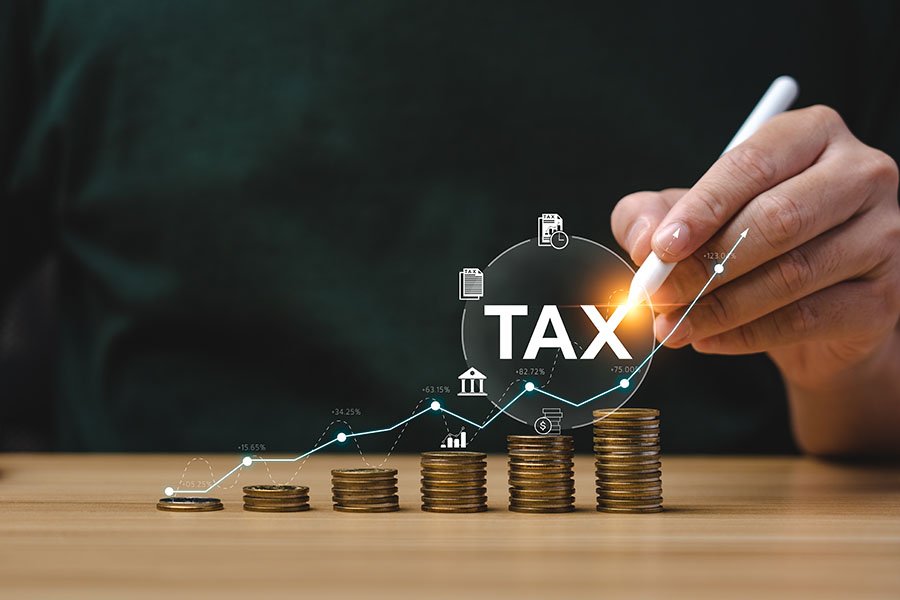Income Tax in India: Old Regime vs New Regime
Navigating the complexities of income tax can be daunting for many. With the introduction of the new tax regime in the 2020 budget, taxpayers in India now have two systems to choose from: the traditional old regime and the new, simplified regime. Each has its own set of rules, tax slabs, and benefits, making the choice highly individualistic and dependent on one’s financial situation.
The Old Tax Regime: A Haven for Deductions
The old tax regime is characterized by its allowance for numerous deductions and exemptions. Taxpayers can reduce their taxable income through various investments and expenses, such as those under Section 80C for investments in PPF, ELSS, and insurance premiums, or Section 80D for medical insurance. The old regime is often favored by those who have a high number of deductions, as it can significantly lower their tax liability.
The New Tax Regime: Simplified Slabs for Ease
In contrast, the new tax regime offers simplified tax slabs with reduced rates. However, this comes at the cost of foregoing most deductions and exemptions. The new regime is designed to benefit those with fewer deductions, as it offers a straightforward approach to taxation without the need to invest in specific financial products.
Key Differences at a Glance:
Tax Slabs: The new regime offers revised tax slabs with lower rates for various income brackets.
Deductions: The old regime allows for a wide range of deductions, while the new regime does not.
Rebates: The new regime offers a higher tax rebate limit of ₹7 lakhs compared to ₹5 lakhs in the old regime1.
Standard Deduction: Both regimes now offer a standard deduction of ₹50,000 for salaried individuals1.
Which Regime to Choose?
Deciding between the old and new tax regimes requires a careful evaluation of your financial habits. If you are someone who maximizes deductions through investments and expenses, the old regime may be more beneficial. However, if you prefer a hassle-free tax filing without the need to chase deductions, the new regime could be the way to go.
Remember, the choice is not set in stone; taxpayers can switch between regimes from year to year. It’s advisable to consult with a tax professional to make an informed decision that aligns with your financial goals.
Conclusion:
The decision between the old and new tax regimes is a personal one, influenced by your income, investments, and financial planning. As we move forward, it’s essential to stay informed and make choices that best suit our individual needs.
